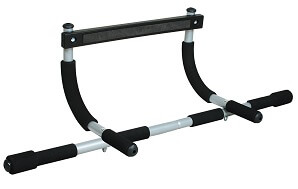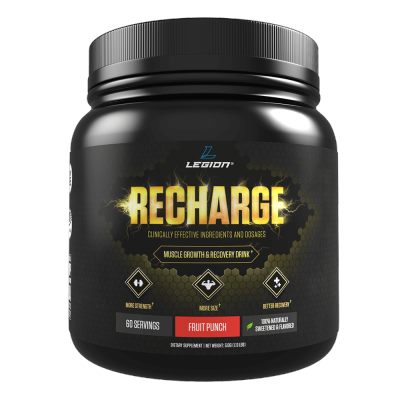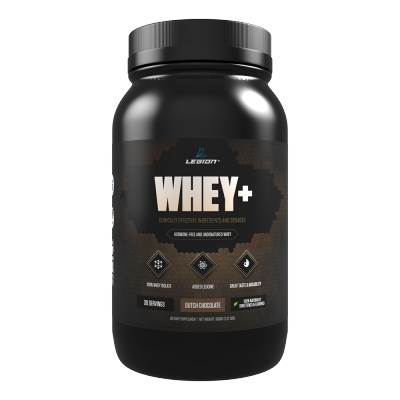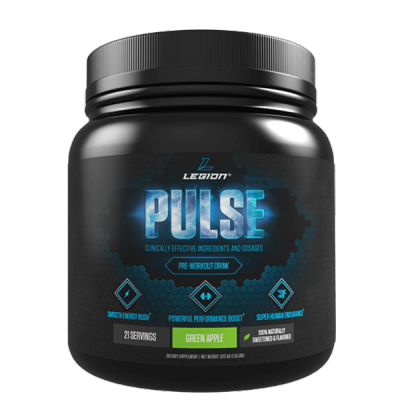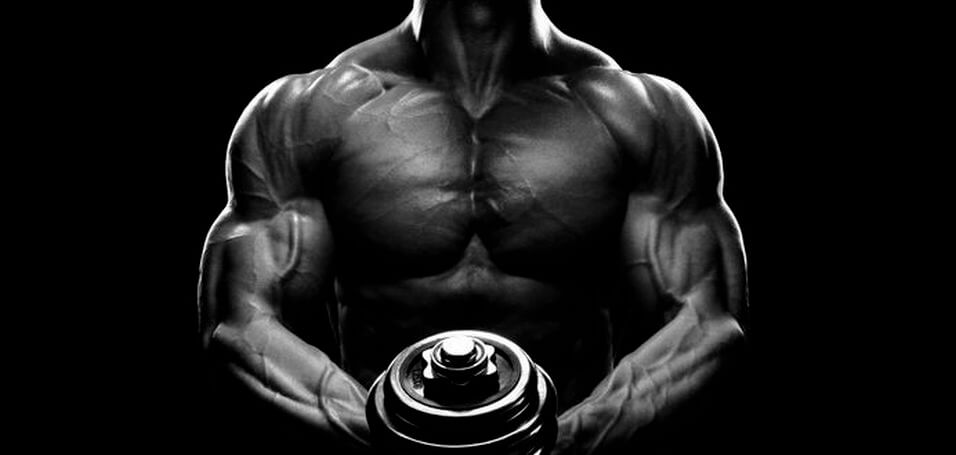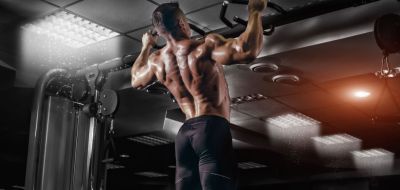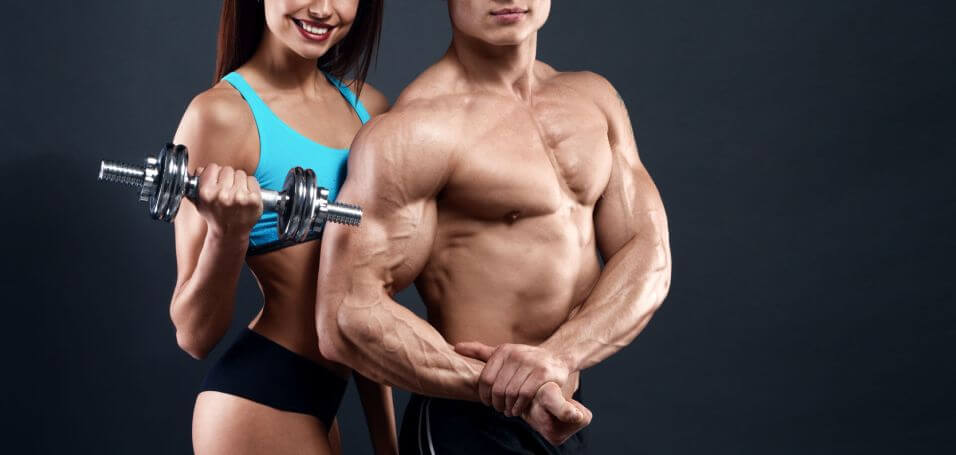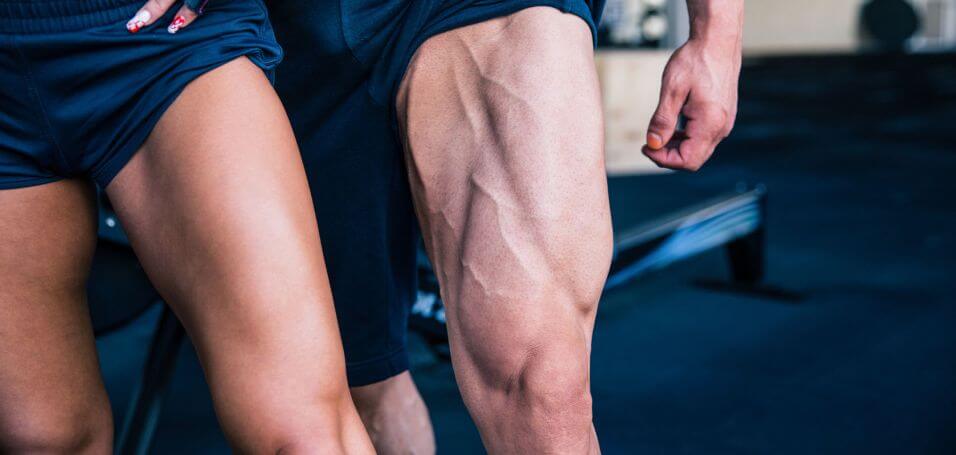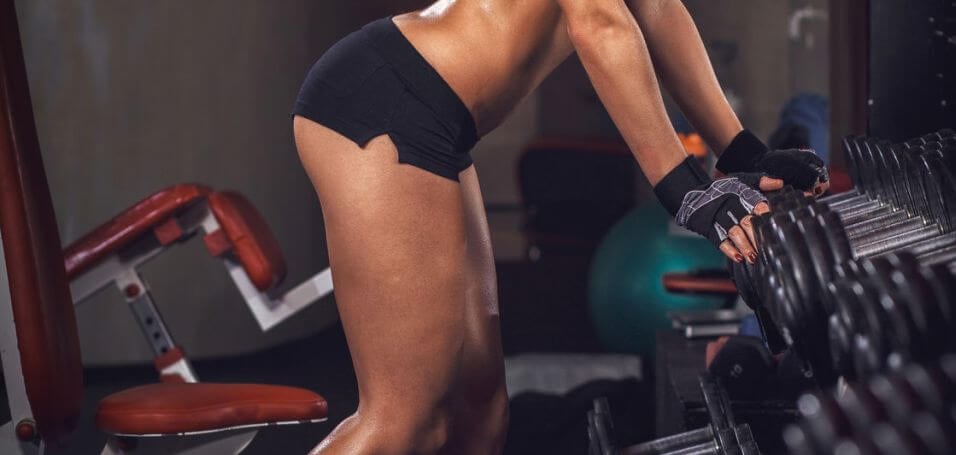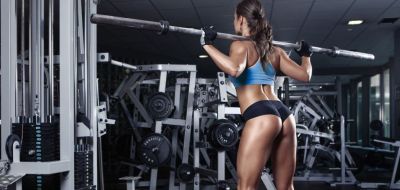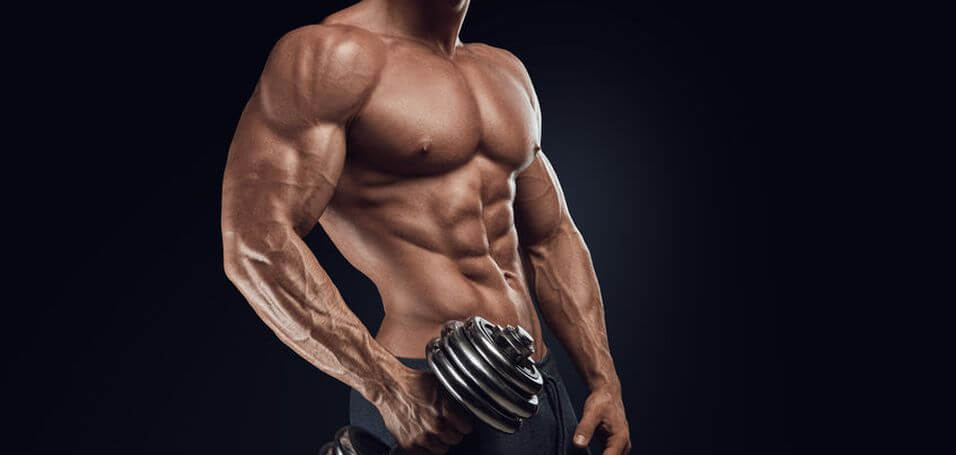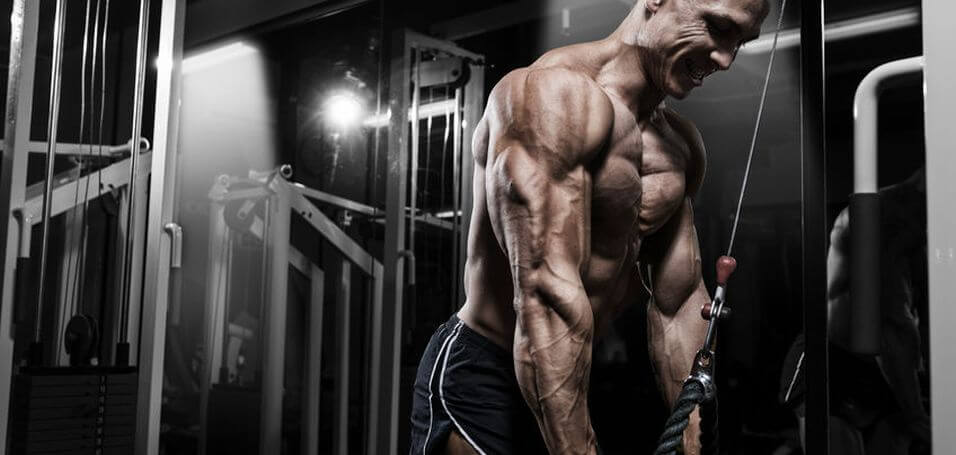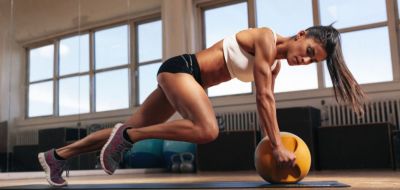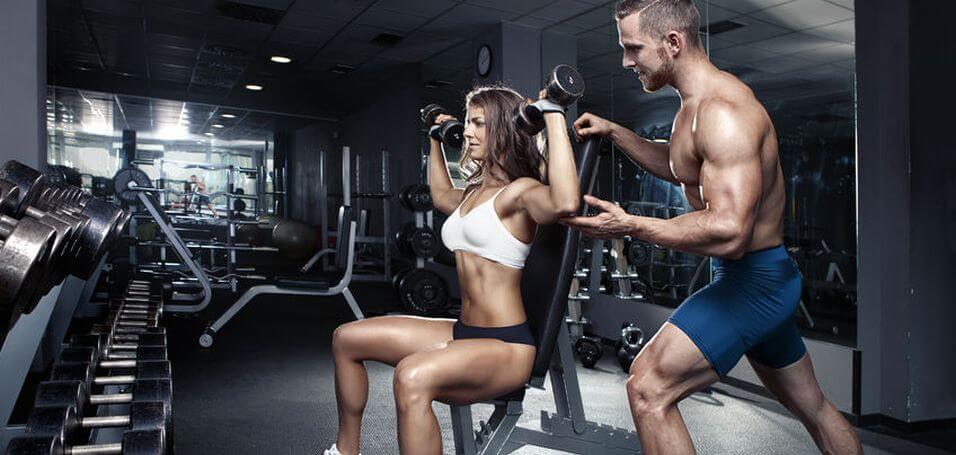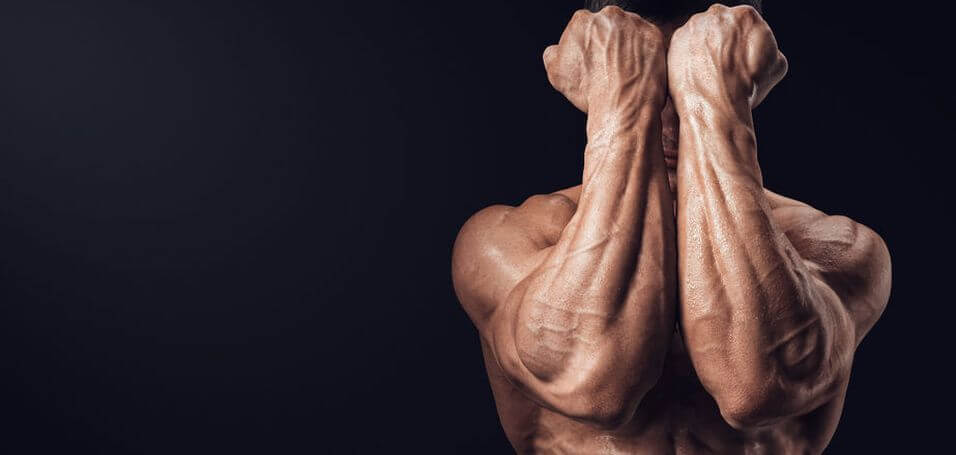I get asked three things all the time about bodyweight exercises:
- “Are they as effective as weightlifting?”
- “How much muscle and strength can you gain with them?”
- “What are the best ones?”
Poke around on the Internet and you’ll find all kinds of opinions.
One “guru” says that weightlifting is better for looking like a hulking bodybuilder but not for building a “sleek,” “Hollywood” type of physique.
Others say that bodyweight exercises are better for fat loss because they burn more calories.
Still others claim that bodyweight workouts are the most “functional” way to train and best for building “relative strength.”
Well, we’re going to get to the bottom of all this and more in this article.
By the end, you’re going to know both the advantages and disadvantages of bodyweight exercises and whether they’re going to be right for you and your goals.
I’m also going to give you an effective bodyweight workout routine that you can start right away.
Ready? Let’s get to it. 🙂
Table of Contents
+How Effective Are Bodyweight Exercises For Gaining Mass?

“Exercising” and “training” aren’t the same things.
Exercise includes any kind of vigorous physical activity, but training involves a methodical approach toward a particular goal or set of goals.
Zumba? Exercise. Bigger Leaner Stronger and Thinner Leaner Stronger? Training.
If being lean and healthy is your goal, you can get there with exercise (and proper dieting). If you want a lean, muscular, and powerful body, though, you need to train.
Bodyweight exercises are excellent exercise. Some of the best, in fact, since they involve both muscular and cardiovascular conditioning.
They have other unique benefits as well:
- Flexibility and convenience.
Bodyweight exercises can be done just about anywhere and on your own schedule.
- Affordability
You don’t need to belong to a gym or have a home gym
- Efficient use of time
You don’t have to drive to the gym, get in line to use equipment, etc.
- Privacy
You don’t need to put up with pervy dudes or peacocking gymbros.
The bottom line is this:
If you want to stay lean and gain some muscle and strength without having to deal with gyms, bodyweight exercises could be just the ticket.
But if you want to gain muscle as fast as possible, they’re not your best choice.
The reason for this is bodyweight workouts are mediocre as a method of training.
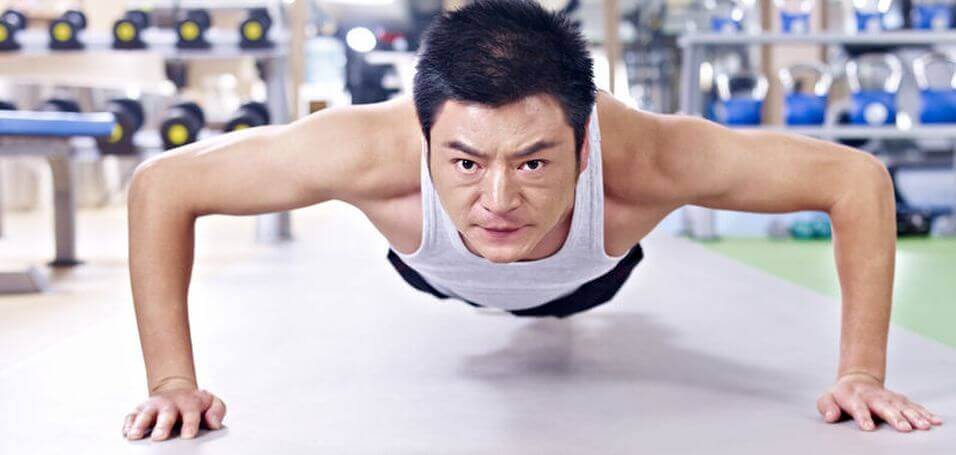
And this is primarily because they don’t lend themselves to progressive overload as well as traditional weightlifting workouts do.
In case you’re not familiar with the term, “progressive overload” refers to increasing the level of tension in muscle fibers over time.
Progressive overload is the primary mechanical driver of muscle and strength gain, and the best way to achieve it is increasing the amount of weight you can lift (get stronger).
This is the reason that strength is closely related to muscle size. (Show me a guy that can squat double his bodyweight for reps and I’ll show you a big set of wheels.)
[Read: The Best Way to Stimulate Muscle Hypertrophy (Build Muscle)]
This highlights a serious drawback with bodyweight training:
Bodyweight workouts tend to increase difficulty by increasing reps but not load (weight). While this is good for improving muscle endurance, it’s not going to get you very far in terms of strength or size.
In other words, building up to a hundred push-ups or thirty pull-ups in just one go won’t result in as much muscle growth as building up to bench pressing one and a half times your weight or deadlifting twice your weight for reps. (And it won’t even be close.)
Researchers refer to this interplay between training modalities and muscle endurance and strength as the “strength-endurance continuum.”
It’s a tongue twister, but the concept is simple: if you want to be big and strong, you need to focus on lifting heavy weights.
That isn’t to say that progressive overload can’t be incorporated into bodyweight workouts (we’ll talk more about that soon), but it’s just not the same as picking heavy things up and putting them down.
Another handicap of bodyweight workouts is that you’ll miss out on some of the best muscle-building exercises that you can do.
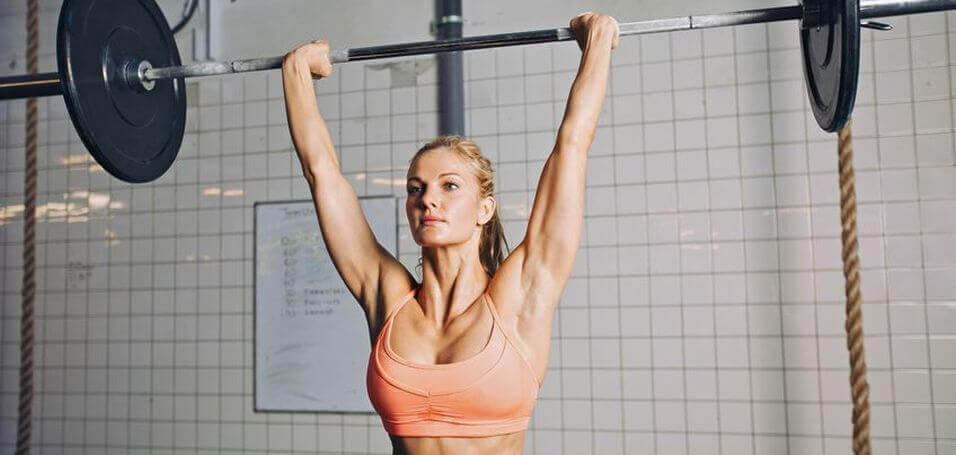
Unfortunately, no bodyweight exercises can fully reproduce the effects of heavy squats, military and bench presses, and deadlifts.
These four compound exercises form the core of all great strength and bodybuilding programs and for good reason:
They train multiple muscle groups at the same time and they allow you to handle very heavy weights safely (maximum overload).
Bottom line: if you want to get the most out of your resistance training, you want to include the “Big Four” in your routine.
[Read: Are Compound Exercises Better Than Isolation Exercises?]
You can get by without them, but anyone that claims that you can match the muscle activation of an 85% of 1RM deadlift with a bodyweight movement is either ignorant or lying (to sell you something, probably).
“Wait a minute,” you might be thinking. “If bodyweight exercises are so inferior to weightlifting, why is that one dude so jacked?”
I present Exhibit A:
Impressive indeed.
There are several things you have to keep in mind when you see someone like this, though:
- Training history
When you see a guy with a great physique doing just bodyweight workouts, it doesn’t mean he initially built his body in the same way.
I know quite a few people who gained a significant amount of muscle with traditional weightlifting before shifting their focus to bodyweight training (usually just to do something new and different).
- Length of training
If someone has been diligent about more or less any type of resistance training for a long enough period of time and understands how to diet, it’s a given that he’ll have at least a good physique.
That doesn’t mean it was the best way to spend that time and energy, though.
- Genetics
Some people respond amazingly well to resistance training and others respond rather poorly.
You can do everything a high-responder does but if you’re a low- to middling-responder, you won’t see anything close to the same results.
- Steroids
Drug use is rampant in the world of muscle and strength, and steroids change everything. Some drug users are blatantly obvious, but many others aren’t–they’re able to cruise (get it?) under the radar.
[Read: 6 Things You’ve Always Wanted to Know About Steroids]
The point is:
If you want to accurately evaluate the effectiveness of a diet or training methodology, you can’t look only at outliers.
You need to consider a broad sampling of people–old, young, genetically gifted, genetically stunted, and so forth.
The Best Bodyweight Exercises
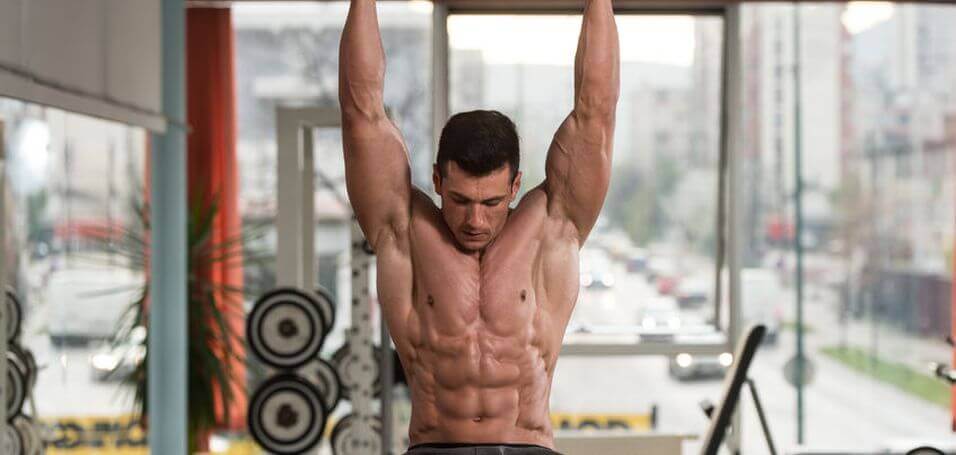
Punch “bodyweight workouts” into Google and you’ll quickly be overwhelmed by the embarrassment of riches that awaits.
Fortunately, as with most things in life, you only need to eat a very small slice of the pie to get the majority of what bodyweight training has to offer.
(Pareto principle FTW.)
Now, the main focus of bodyweight training should be making improvements in a few key movement patterns:
- Pushing
- Pulling
- Squatting
There are many ways of doing these things, of course, and many ways to make them easier or harder, but they’re the foundation of any good bodyweight routine.
So, with that in mind, let’s look at the best exercises in each category and then see how we can combine them into a challenging and effective workout routine.
Let’s start with your pushing…
Push-Up
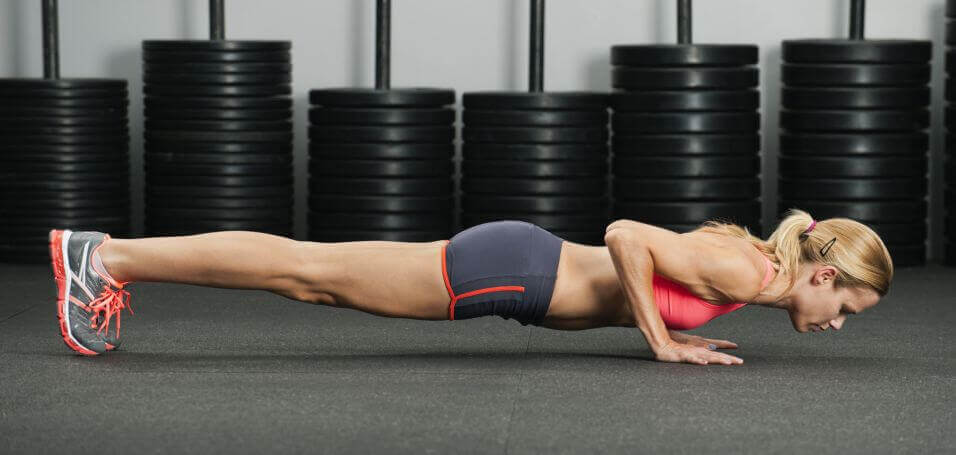
A bodyweight workout wouldn’t be complete without at least some kind of push-up.
As simple as it is, the push-up is one of the most effective ways of training your shoulders, arms and chest, and it doesn’t take any special equipment.
I recommend adding several kinds of push-ups to your bodyweight workouts.
First, the vanilla push-up:
And in case you aren’t yet at the point where you can that, here’s how to get there:
Pike Push-Up
This push-up variation heavily involves the shoulders.
https://youtu.be/sposDXWEB0A
Dive Bomber Push-Up
Once you’ve conquered the pike push-up, the dive-bomber awaits.
It’s a total upper-body exercise, emphasizing your shoulders, triceps and chest at different points throughout the motion.
https://youtu.be/q3vKfok6H7U
Handstand Push-Up
When it comes to maximally overloading your shoulders with just your bodyweight, the handstand push-up can’t be beat.
Dip
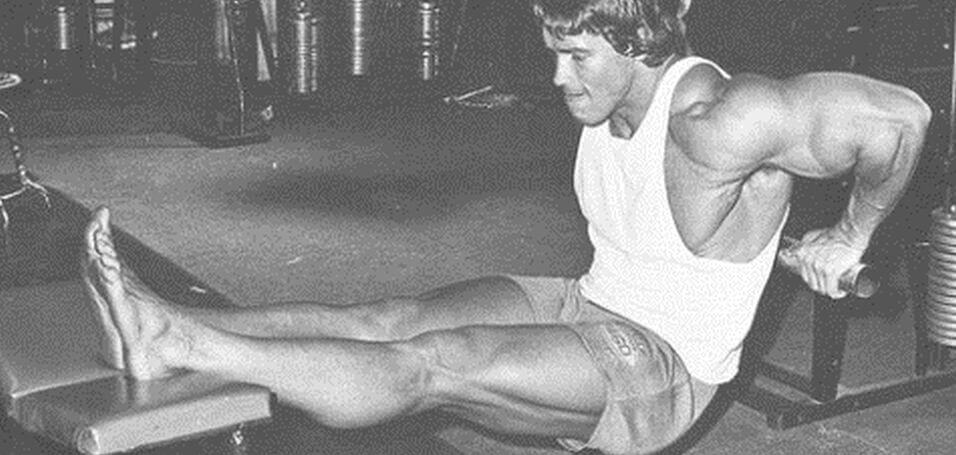
Though I want to focus on exercises that don’t require special equipment, I have to mention the dip.
It’s one of the most effective upper-body exercises you can do, bodyweight or otherwise.
(That’s why it’s found in my Bigger Leaner Stronger and Thinner Leaner Stronger programs, which are weightlifting programs.)
You can do two kinds of dips: triceps dips (or bench dips) and chest dips.
The easier of the two are the triceps dips, and here’s how to do them:
From there, you can progress to the chest dip. Here’s how to do it:
And here’s a simple and sturdy stand you can use for chest dips:
That’s it for pushing. Let’s look at pulling next…
Chin-Up & Pull-Up
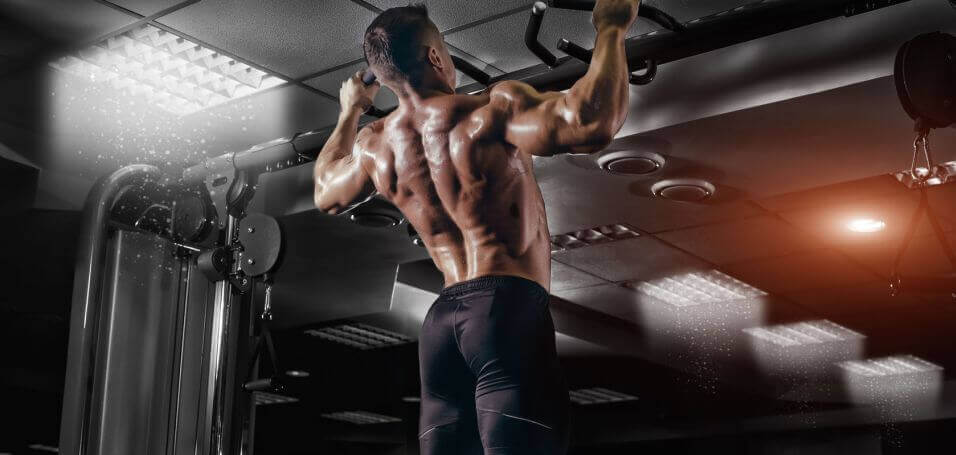
You need equipment for these exercises, too, but a pull-up bar is inexpensive and, in my opinion, crucial.
To get the absolute most out of your bodyweight training, you have to do chin-ups and pull-ups.
Besides training all the major muscles in your back, they train the biceps as well.
There are many variations of the pull-up, of course, but start with the two I’m going to share here and then progress to more difficult ones.
Let’s start with the chin-up:
If you aren’t able to do a chin-up, here’s an easy way to develop the strength you’ll need:
After the chin-up, progress to the pull-up:
Here’s the bar I personally use at home:
And if your workout space and budget allow, you can go with a power tower instead, which covers your pull-ups, dips, and ab exercises (which we’ll talk about soon).
Here’s a high-quality and affordable tower:
That’s it for pulling. Last but not least, squatting…
Bodyweight Squat
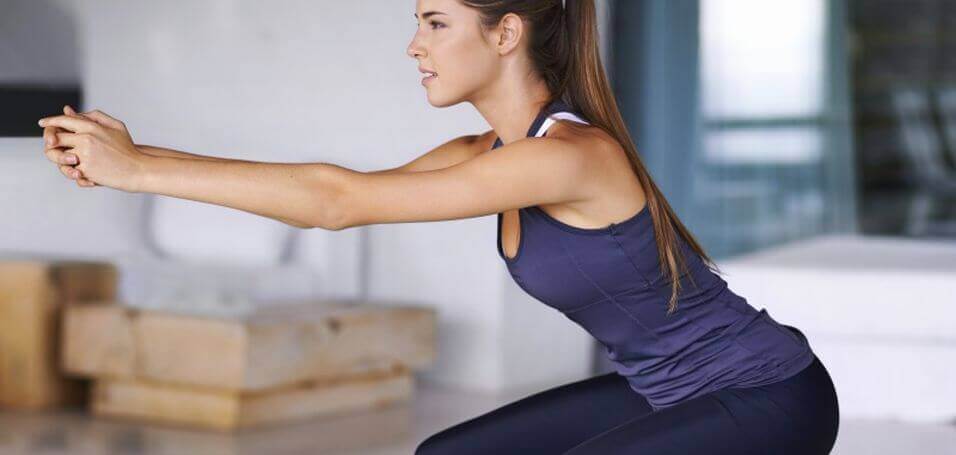
Every popular resistance program out there involves at least some form of squatting.
It’s just the simplest, most effective exercise for training your lower body.
And when it comes to bodyweight training, you start with the basic bodyweight squat.
Squat Jump
This progression from basic bodyweight squats injects an “explosive” element into your training routine.
Shrimp Squat
Once you’ve mastered two-legged squats, you progress to one-legged variations.
The shrimp squat is your introduction to this more difficult style of squatting.
Pistol Squat
Once you can shrimp squat with ease, the pistol squat is next.
It’s a tough progression that requires significant balance and strength.
Lunge
Though this is mainly a quadriceps exercise, all of the lower body’s significant muscle groups come into play.
Russian Leg Curl
This is an excellent exercise for your hamstrings.
Burpee
This is a classic exercise for the whole body that develops your cardio as well.
That’s it for your main bodyweight exercises.
Before we move on to the workout, though, let’s not forget the precious abs…
Hanging Leg Raise
This is one of the best exercises to train the entire core (and in particular the rectus abdominis).
Bicycle Crunch
This popular exercise for the abs/core is especially good for training the obliques.
Plank
Though the plank is often called the ultimate exercise for the core, research shows that this is a slight exaggeration.
That said, it’s certainly valuable enough for inclusion in your bodyweight routines.
Remember–Progression Is Key
I know I’m repeating myself here but…
Just doing exercises isn’t enough–the key is progressing on them.
And we recall that the type of progression that matters most is progressive overload.
When weightlifting, the easiest method of doing this is by adding weight to the bar. When doing bodyweight training, though, there are two options:
- Progressing to more difficult exercises.
- Adding weight to your body through the use of a vest or a dip belt.
As you’ve seen, I’ve focused on the first option in this article because it doesn’t require any additional equipment.
That said, if you plan on sticking with bodyweight training for the long haul, you’ll eventually reach a point where you run out of challenging progressions. That’s when it’s time to go with option two.
The Ultimate Bodyweight Workout
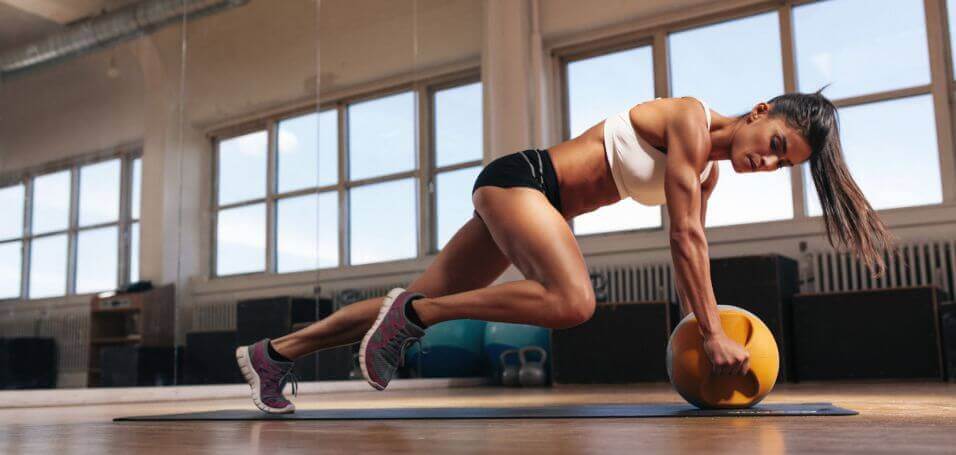
Let’s start your journey by assessing your current fitness level.
Do one set of each of the following exercises to failure and record the number of reps you get for each. Rest a few minutes between exercises.
- Bodyweight squat
- Push-up
- Chin-up (or pull-up if you can)
- Burpee
After eight weeks of following the workout routine laid out below, retest to see how far you’ve come.
Here’s the routine:
Day 1
Upper Body & Abs
2 x (sets of) Push-up (or regression to build up to the standard push-up)
2 x Pike Push-up > Dive Bomber Push-up > Dive Bomber Push-up + Handstand Push-up
2 x Triceps Dip > Chest Dip
6 x Chin-up (or regression) > Pull-up
3 x Ab Circuits
Day 2
Lower Body & Cardio
2 x Bodyweight Squat
2 x Bodyweight Squat > Squat Jump > Shrimp Squat > Pistol Squat
2 x Lunge
2 x Russian Hamstring Curl
3 x Burpee
Day 3
Upper Body & Abs
(Same as day 1)
Day 4
Lower Body
(Same as day 2)
Let’s look at how this works.
Every set is done to one or two reps short of failure.
You don’t need to take every set to the point of absolute muscle failure, but you do have to come close.
You’ll learn to recognize this point the more you work out–it’s when you strain for a rep and feel pretty sure you won’t get the next one.
[Read: How Training to Failure Can Help You Build More Muscle (And How It Can Hinder It Too)]
Rest a minute or two between sets.
You should rest long enough for your breathing and heart rate to settle down, but not so long that you lose your pump and focus.
Once you can do 20 reps of a given exercise in one set, progress to a harder variation.
Progressions are indicated above by the > symbols.
So, for example, once you can do 20 pike push-ups, you then start doing dive bomber push-ups instead.
Once you can do 20 dive bombers, you start doing 2 sets of dive bombers followed by 2 sets of handstand push-ups (good luck!).
In this way, your workouts will change over time.
And in the cases where there are no progressions (plain push-ups and bodyweight squats, burpees, pull-ups, etc.), your goal is to simply increase the amount of total reps you can do each workout.
If you can’t do a push-up or chin-up yet, start with a regression that you can do.
For example, if you can’t do one chin-up yet, do chin-up holds until you can do 20 and then progress to proper chin-ups.
The ab circuit consists of one set of hanging leg raises followed by one set of air bicycles followed by one set of planks.
Do these sets back-to-back without rest (3 sets is one circuit).
Do cardio separately.
Bodyweight workouts (and lower body workouts in particular) are pretty cardio intensive.
If you need or want to do more cardio, though, do it either several hours before your bodyweight workouts or sometime after (you want to be as fresh as possible for your resistance training).
[Read: How Much Cardio You Should Do (and How Much Is Too Much)]
One rep of a one-legged exercise consists of one rep for each leg.
And that’s all you need to know to get going on your bodyweight training!
What About Supplements?
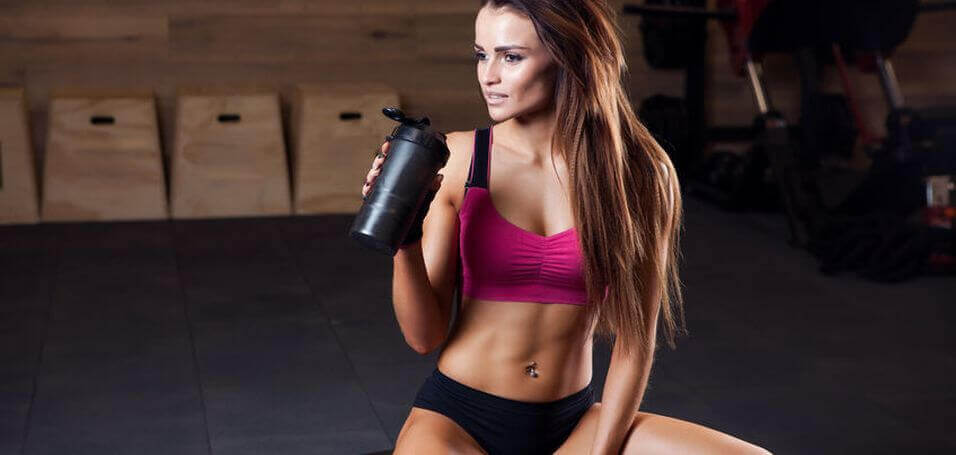
I saved this for last because, quite frankly, it’s far less important than proper diet and training.
You see, supplements don’t build great physiques–dedication to proper training and nutrition does.
Unfortunately, the workout supplement industry is plagued by pseudoscience, ridiculous hype, misleading advertising and endorsements, products full of junk ingredients, underdosing key ingredients, and many other shenanigans.
Most supplement companies produce cheap, junk products and try to dazzle you with ridiculous marketing claims, high-profile (and very expensive) endorsements, pseudo-scientific babble, fancy-sounding proprietary blends, and flashy packaging.
So, while workout supplements don’t play a vital role in building muscle and losing fat, and many are a complete waste of money…the right ones can help.
The truth of the matter is there are safe, natural substances that have been scientifically proven to deliver benefits such as increased strength, muscle endurance and growth, fat loss, and more.
As a part of my work, it’s been my job to know what these substances are, and find products with them that I can use myself and recommend to others.
Finding high-quality, effective, and fairly priced products has always been a struggle, though.
That’s why I took matters into my own hands and decided to create my own supplements. And not just another line of “me too” supplements–the exact formulations I myself have always wanted and wished others would create.
I won’t go into a whole spiel here, but if you want to learn more about my supplement line, check this out. (And if you’d like to know exactly what supplements to take to reach your fitness goals, take the Legion Supplement Finder Quiz.)
For the purpose of this article, let’s just quickly review the supplements that are going to help you get the most out of your bodyweight (and other) workouts.
Creatine
Creatine is a substance found naturally in the body and in foods like red meat. It’s perhaps the most researched molecule in the world of sport supplements–the subject of hundreds of studies–and the consensus is very clear:
Supplementation with creatine helps…
You may have heard that creatine is bad for your kidneys, but these claims have been categorically and repeatedly disproven. In healthy subjects, creatine has been shown to have no harmful side effects, in both short- or long-term usage. People with kidney disease are not advised to supplement with creatine, however.
If you have healthy kidneys, I highly recommend that you supplement with creatine. It’s safe, cheap, and effective.
In terms of specific products, I use my own, of course, which is called RECHARGE.
RECHARGE is 100% naturally sweetened and flavored and each serving contains:
- 5 grams of creatine monohydrate
- 2100 milligrams of L-carnitine L-tartrate
- 10.8 milligrams of corosolic acid
This gives you the proven strength, size, and recovery benefits of creatine monohydrate plus the muscle repair and insulin sensitivity benefits of L-carnitine L-tartrate and corosolic acid.
Protein Powder
You don’t need protein supplements to gain muscle, but, considering how much protein you need to eat every day to maximize muscle growth, getting all your protein from whole food can be impractical.
That’s the main reason I created (and use) a whey protein supplement. (There’s also evidence that whey protein is particularly good for your post-workout nutrition.)
WHEY+ is 100% naturally sweetened and flavored whey isolate that is made from milk sourced from small dairy farms in Ireland, which are known for their exceptionally high-quality dairy.
I can confidently say that this is the creamiest, tastiest, healthiest all-natural whey protein powder you can find.
Pre-Workout Drink
There’s no question that a pre-workout supplement can get you fired up to get to work in the gym. There are downsides and potential risks, however.
Many pre-workout drinks are stuffed full of ineffective ingredients and/or minuscule dosages of otherwise good ingredients, making them little more than a few cheap stimulants with some “pixie dust” sprinkled in to make for a pretty label and convincing ad copy.
Many others don’t even have stimulants going for them and are just complete duds.
Others still are downright dangerous, like USPLabs’ popular pre-workout “Jack3d,”which contained a powerful (and now banned) stimulant known as DMAA.
Even worse was the popular pre-workout supplement “Craze,” which contained a chemical similar to methamphetamine.
The reality is it’s very hard to find a pre-workout supplement that’s light on stimulants but heavy on natural, safe, performance-enhancing ingredients like beta-alanine, betaine, and citrulline.
And that’s why I made my own pre-workout supplement. It’s called PULSE and it contains 6 of the most effective performance-enhancing ingredients available:
- Caffeine. Caffeine is good for more than the energy boost. It also increases muscle endurance and strength.
- Beta-Alanine. Beta-alanine is a naturally occurring amino acid that reduces exercise-induced fatigue, improves anaerobic exercise capacity, and can accelerate muscle growth.
- Citrulline Malate. Citrulline is an amino acid that improves muscle endurance, relieves muscle soreness, and improves aerobic performance.
- Betaine. Betaine is a compound found in plants like beets that improves muscle endurance, increases strength, and increases human growth hormone and insulin-like growth factor 1 production in response to acute exercise.
- Ornithine. Ornithine is an amino acid found in high amounts in dairy and meat that reduces fatigue in prolonged exercise and promotes lipid oxidation (the burning of fat for energy as opposed to carbohydrate or glycogen).
- Theanine. Theanine is an amino acid found primarily in tea that reduces the effects of mental and physical stress, increases the production of nitric oxide, which improves blood flow, and improves alertness, focus, attention, memory, mental task performance, and mood.
And what you won’t find in PULSE is equally special:
- No artificial sweeteners or flavors..
- No artificial food dyes.
- No unnecessary fillers, carbohydrate powders, or junk ingredients.
The bottom line is if you want to know what a pre-workout is supposed to feel like…if you want to experience the type of energy rush and performance boost that only clinically effective dosages of scientifically validated ingredients can deliver…then you want to try PULSE.
Again, if you feel confused about what supplements you should take to reach your goals, take the Legion Supplement Finder Quiz to learn exactly what supplements are right for you. It’s the best way to ensure you get the most out of your supplement regimen.
The Bottom Line on Bodyweight Exercises

Bodyweight exercises have many advantages but aren’t necessarily for everyone.
They’re fantastic exercise and so-so strength and muscle builders, but they’re not as practical as weightlifting for maximizing muscle growth.
So, if you’re an experienced weightlifter looking for a new challenge, this could be for you. You can certainly use bodyweight workouts to maintain your muscle and build muscle endurance.
If you’re new to working out and want to dramatically transform your body, though, bodyweight training is an acceptable place to start, but a good weightlifting program is going to get you there faster.
Want More Workouts?
How to Create the Ultimate Upper Chest Workout
The Best Back Exercises to Build Your Best Back Ever
The Best Shoulder Workouts for Men & Women
The 6 Absolute Best Quads Exercises You Can Do
The 6 Best Hamstring Exercises You Need to Do
The 7 Best Butt Exercises That Will Give You Glorious Glutes
The Absolute Best Biceps Workout

The Absolute Best Triceps Workout
Beyond the “Best Ab Exercises” (How to Actually Get Abs)
The Definitive Full-Body Workout Guide
The Ultimate Forearm Workout
What’s your take on bodyweight exercises? Have anything else you want to share? Let me know in the comments below!
Scientific References +
- Timmons, J. A. (2011). Variability in training-induced skeletal muscle adaptation. In Journal of Applied Physiology (Vol. 110, Issue 3, pp. 846–853). J Appl Physiol (1985). https://doi.org/10.1152/japplphysiol.00934.2010
- Campos, G. E. R., Luecke, T. J., Wendeln, H. K., Toma, K., Hagerman, F. C., Murray, T. F., Ragg, K. E., Ratamess, N. A., Kraemer, W. J., & Staron, R. S. (2002). Muscular adaptations in response to three different resistance-training regimens: Specificity of repetition maximum training zones. European Journal of Applied Physiology, 88(1–2), 50–60. https://doi.org/10.1007/s00421-002-0681-6

